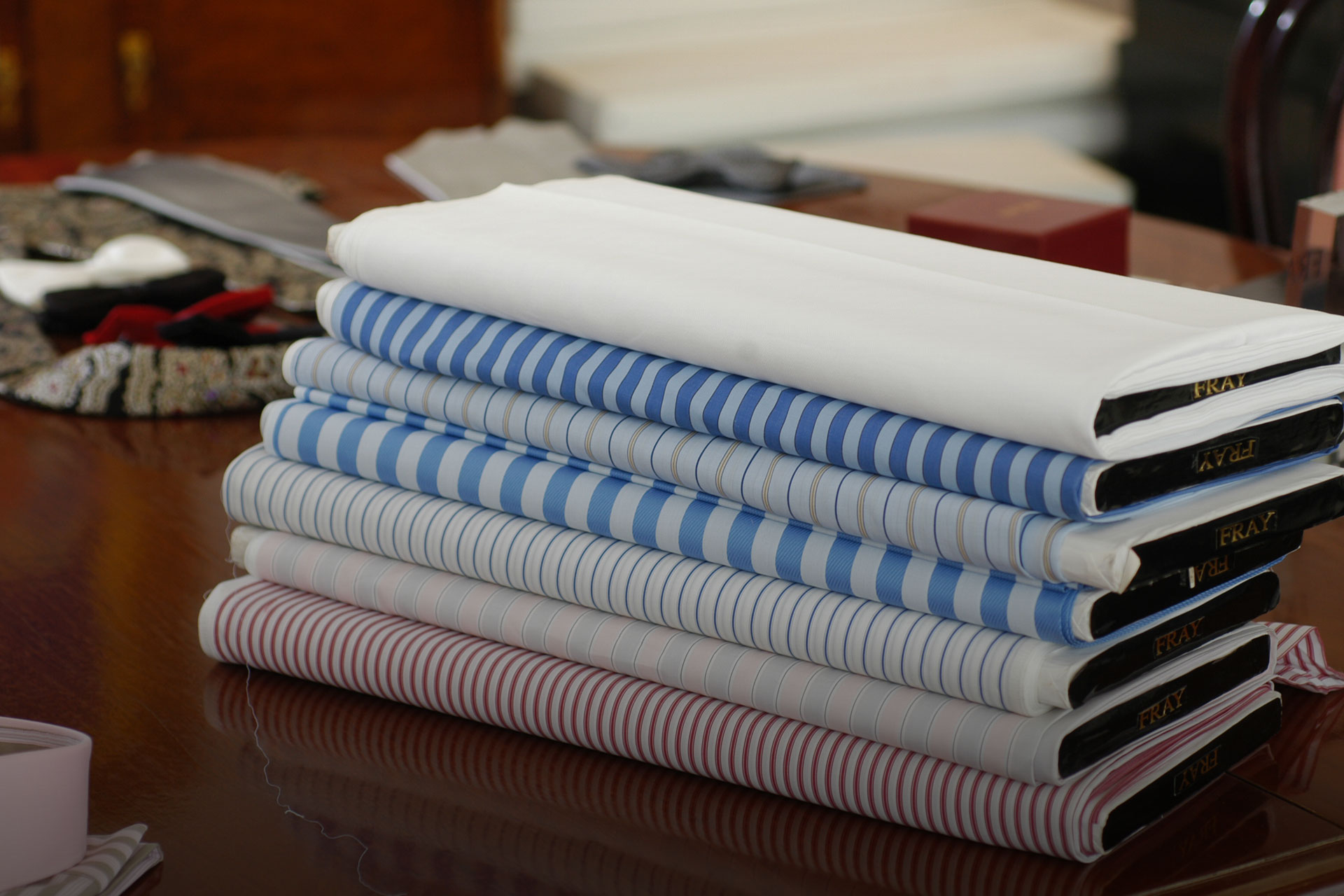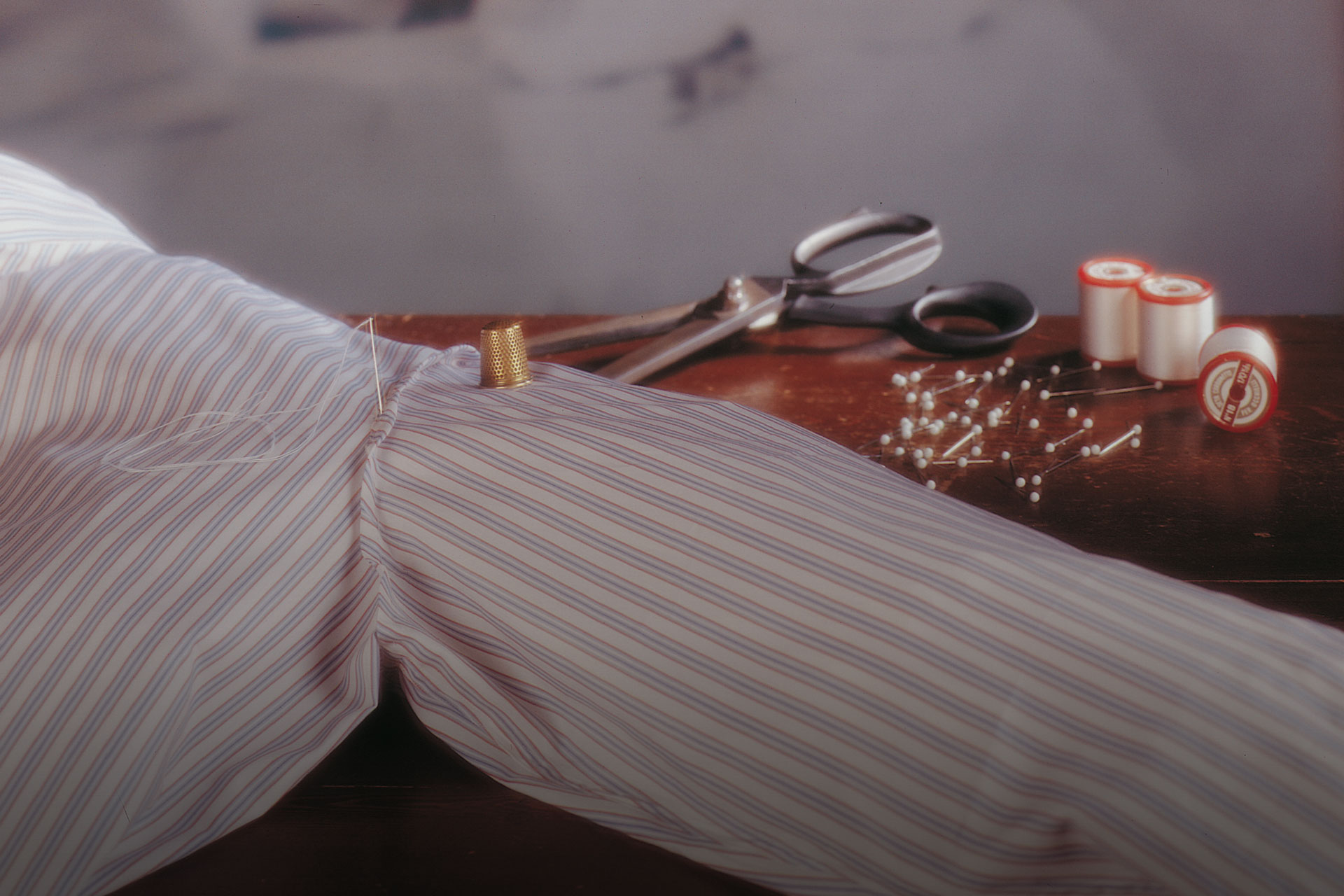Cashmere
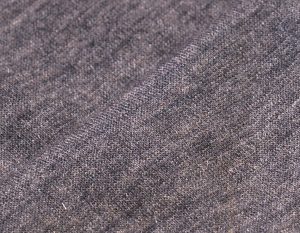
A very precious textile fiber produced by a cashmere goat Capra hircus laniger.
A soft, silky and velvety fabric that gives a warm and soft feeling to the touch.
Cashmere is not limited to being a fine garment, but its finish is also a choice of well-being: this fiber has beneficial qualities that make very comfortable the garments packaged with it, suitable and fresh for every season.
Among the properties that make Cashmere precious are the softness: the contact with the skin turns out to be soft and delicate, that can not cause any kind of annoyance on the skin, and this is one of the fundamental points that distinguish a pure and original cashmere from every kind of imitation. Three are the healthy effects: the ability to maintain a constant temperature, thanks to the thermoregulation property that makes it suitable for both the cold and the hot season; the second property is the ingroscopicity: the Cashmere absorbs humidity and is therefore a breathable fabric. Finally, the Cashmere is antistatic: it does not attract electromagnetic fields, so no dust guaranteeing maximum hygiene conditions.
Creating Cashmere garments is also a quality and care hallmark for who wears them.
Giza 45
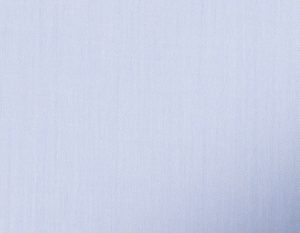 Egyptian cotton has been renowned for centuries for its preciousness. The particular climatic conditions and fertility of the earth alongside the river Nile, especially at its delta enable the cultivation of the best cotton in the world, thanks to the unique ingredients offered by nature.
Egyptian cotton has been renowned for centuries for its preciousness. The particular climatic conditions and fertility of the earth alongside the river Nile, especially at its delta enable the cultivation of the best cotton in the world, thanks to the unique ingredients offered by nature.
Giza 45 is “The Queen” of all types of Egyptian cotton. , the most precious cotton in the world.
The Giza 45 plants are cultivated in a very small area to the East of the Nile delta, and they represent only 0.4% of the total annual Egyptian cotton production.
The carefully selected seeds are planted in March and generate a wonderful yellow flower, which then turns red before giving life to the cotton ribbon.
The fibres of the Giza 45 cotton production have an extraordinary staple length that easily surpasses 36 mm, and a unique uniformity index of 88.5%. Furthermore what makes this cotton exceptional is the fineness of its fibres.
Despite its fineness, the strength of the Giza 45 fibre remains high. This combination ensures extremely fine, durable fabrics, with an extraordinarily soft and silky touch for the most precious shirts in the world.
Giza 87
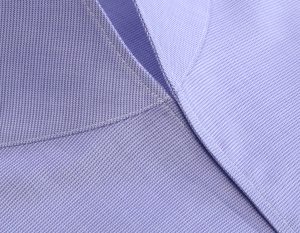
Giza 87 is a precious Egyptian cotton cultivated exclusively in particular climatic conditions in the fertile region of the Nile delta.
The fibre of the Giza 87 offer extraordinary and unique characteristics, the staple length is notably long (36 mm with a uniformity index of 87.3%) with good elongation and strength equal to 44.60 g/tex.
Giza 87 fabrics not degrade over time and they maintain intact their distinctive characteristics of softness, brilliance and silkiness to the touch.
Lino
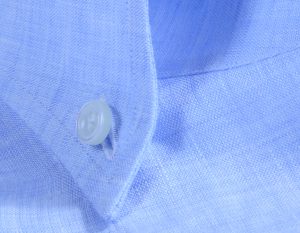
Linen is an European fiber for history and tradition: the entire production process of the quality linen takes place in Europe following a centuries-old culture, Linen is in fact the oldest textile fiber in the world.
It is obtained from the plant of the Linum usitatissimum composed from about 70% cellulose. It has an average length of elementary fibers ranging from 20 to 30 mm and its fineness is from 20 to 30 microns with a polygonal section.
The nature, composition and architecture of the fibers give it exceptional properties: maximum resistance, high capacity of humidity absorption, insulating and thermoregulating properties, allergy-free characteristics.
Plissè

Thanks to the lightness and vapidity of the voile, the plissé combines the most sought-after weaving art with high comfort and high wearability.
Plissé is a type of fabric that is subjected to a specific finishing that makes it semi-permanentally pleated. The basic fabric on which this treatment is realized may be either very light, such as silk, cotton, wool or synthetic fibers, or heavy like leather or other materials.
This technique can be done handcrafted, by machine or by integrating different types of processing, to have very special effects. The ancient Egyptians already applied it using scaled blocks of law on which the wet fabric rests and, making pressure, they obtained the pleating.
Industrially, plissé is obtained by thermofixing and other sophisticated machines that cross and interrupt the direction of the folds, forming light relief designs.
Historical notes on the fabric: Mariano Fortuny y Madrazo, stylist, scenographer, painter and Spanish national Italian designer, patented the technique for pleating in 1909 after many experiments in his workshop in Venice and used the fabric obtained for the long tunics Delphos, linear and sculptured dresses inspired by the Auriga of Delphi, who delicately caressed the shapes of women. Among those who wore the Delphos tunic we remember Isadora Duncan, Peggy Guggenheim and Eleonora Duse.
Sea Island
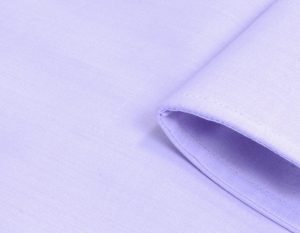 West Indian Sea Island cotton, known as “gossypium barbadense” or “black seed”, is one of the most ancient and precious cotton types in the world, discovered in the early eighteenth century in the British West Indies. Its production, equal to just 0.006% of the world’s long-staple cotton, is now concentrated mainly in Barbados, Antigua and Jamaica, areas that constitute a real paradise climate.
West Indian Sea Island cotton, known as “gossypium barbadense” or “black seed”, is one of the most ancient and precious cotton types in the world, discovered in the early eighteenth century in the British West Indies. Its production, equal to just 0.006% of the world’s long-staple cotton, is now concentrated mainly in Barbados, Antigua and Jamaica, areas that constitute a real paradise climate.
Sea Island Cotton of Barbados is distinguished from all other species of cotton thanks to its unique characteristics: the considerable staple length of the fibre, arriving at 36/37 mm, the high strength, equal to 40 gr/tex and the good percentage of uniformity (86%). Besides the length, the fibre is exceptionally fine, proved by the micronaire, between 3.1 and 3.4, together with a significant brightness (a degree of reflectance of 73).
The cultivation of Sea Island follows a particular process. The seeds are carefully selected to ensure the highest quality and sowing is done mechanically in an extremely regular way. Irrigation takes place mainly naturally, through the heavy rains.
The organization responsible WISICA (West Indian Sea Island Cotton Association) inspects every kilo of cotton produced locally and issues the Certificate of Authenticity for yarns marked SEA ISLAND guaranteeing the purity of this precious raw material.
Fabrics obtained from Sea Island cotton are silky to touch, full-bodied, homogeneous, with an ability to revive and improve with each wash.
Silk
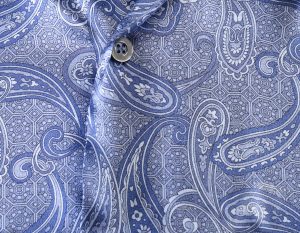
Silk is a protein fiber of animal origin from which precious fabrics are obtained.
It is derived from the cocoon produced by silkworms, most belonging to the Bombyx mori species. The birth of silkworm breeding was due to the Chinese empress Xi Ling Shi, but silk was probably known in China as early as 3000 BC.
The silk is characterized by a series of properties: minimum thickness, which gives it lightness and comfort, resistance to deformation, insulating fabric (warm in winter and cool in summer), is the most robust natural fiber known, brilliance and shine.
Silk is able to reflect light in an inimitable way. In fact, it can easily absorb dyes, offering a great wealth of nuances.
The thread is very elastic and the fabrics made with it are extremely resistant. At the same time they are also soft, so as to allow a perfect fall of the edges and an easy draping.
Jersey
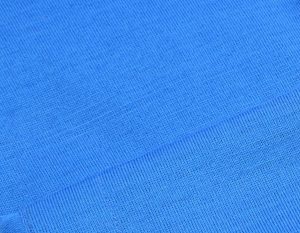
Jersey is a knitted fabric that combines different yarns like cotton and linen, joined by elastane or Lycra yarns: for this reason it is light, but also particularly soft and elastic – both in width and in length – and is well modeled on the body with a great fit.
The Jersey fabrics that we select for our shirts are exclusively of great quality, starting from Cotton yarn with long fiber and fine Linen.
Particularly positive of the fabric in Jersey, in addition to the great elasticity, is also its freshness: especially in the hot months this is light, comfortable and breathable.
Native to the English island of Jersey, from where it takes its name, at the end of the nineteenth century, it was used for the clothing of fishermen.
Considered unsuitable for tailoring, it was ennobled by Coco Chanel and became fashionable when the stylist first used it in some of her garments.


